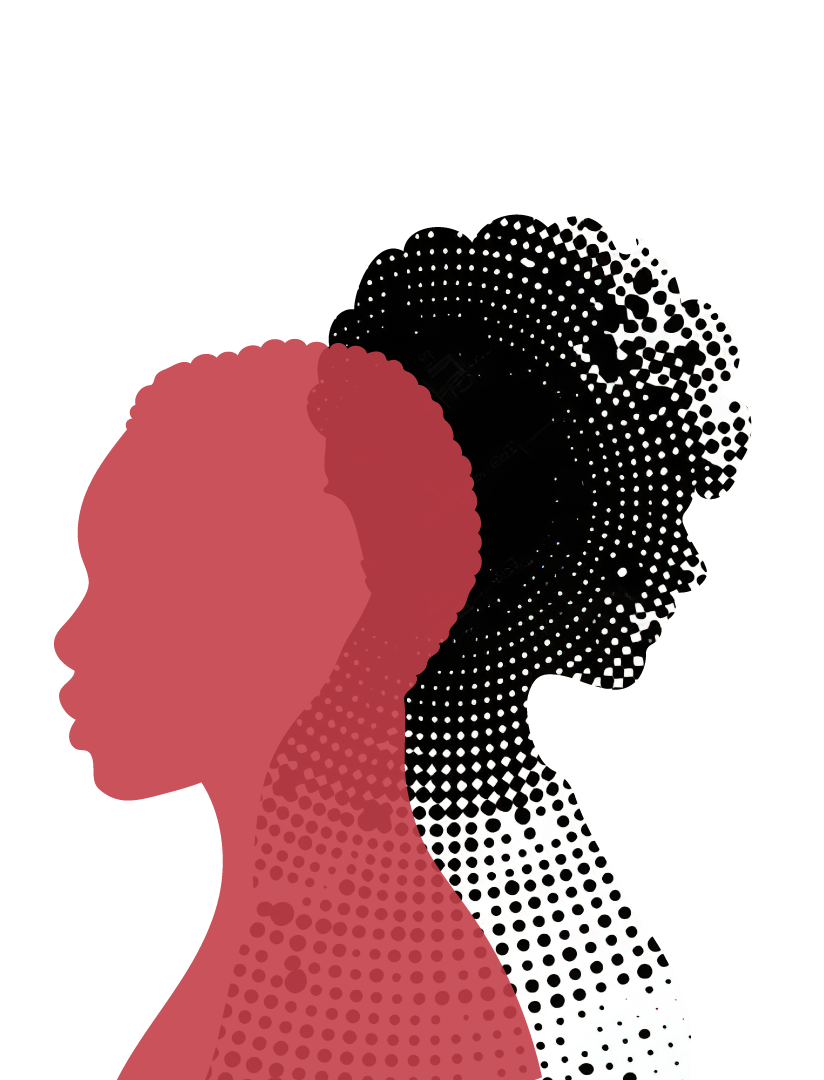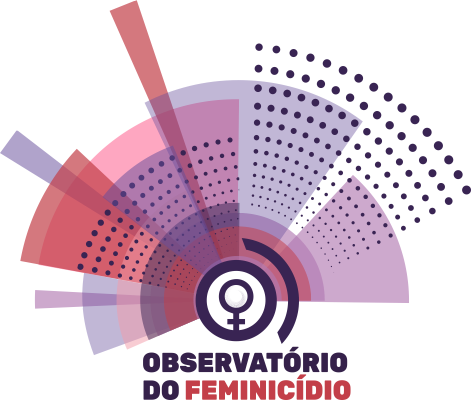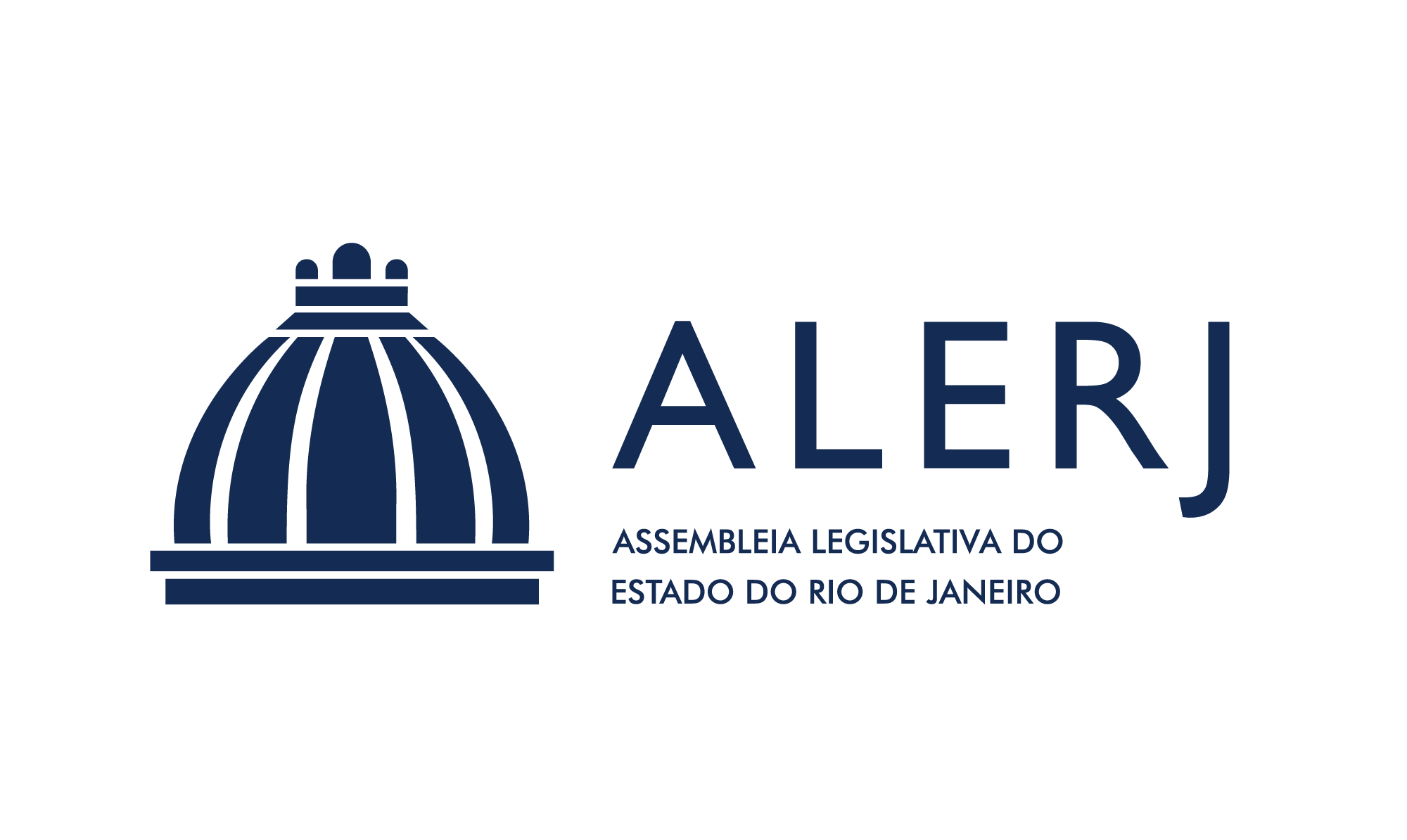Presentation of the Feminicide Observatory
Learn more about the Observatory, the team behind the Feminicide Observatory of the State of Rio de Janeiro, its operational structure, and its members.
Presentation
On November 25, 2024, the Feminicide Observatory of Rio de Janeiro was created. The project is the result of strategic collaboration between academia, government agencies, and civil society organizations. In accordance with State Law 9644/2022, State Decree No. 49.147/2024, and under the coordination of the State Secretariat for Women, the composition of the Working Group involves the active participation of the State Council for Women's Rights (CEDIM), the State Secretariats for Public Security, Health, and Education, the Public Security Institute of the State of Rio de Janeiro, the Commission for the Defense of Women's Rights of ALERJ, and the Federal University of Rio de Janeiro (UFRJ).
The OFRJ is aligned with Sustainable Development Goal No. 5 , “Achieve gender equality and empower all women and girls.” In addition, it is part of the National Pact for the Prevention of Feminicide and the State Program for Combating Feminicide in the State of Rio de Janeiro, constituting a public policy aimed at articulating intersectoral actions, strengthening the women's protection network, and improving preventive and response measures to lethal violence against women and girls.


Objectives
The Observatory's central objective is to consolidate, integrate, and analyze data on feminicide cases in the State of Rio de Janeiro. Through interdisciplinary research and innovative methodologies, it seeks to:
- Identify patterns, risk factors, and contexts that contribute to these crimes, using georeferencing to highlight critical regions and guide specific interventions;
- Promote the integration of efforts among the different institutions involved;
- Encourage knowledge sharing and the articulation of strategies to prevent and confront feminicide.
Research
- Develop a comprehensive and up-to-date database, structured on a dedicated digital platform, allowing the mapping of areas of greater vulnerability, the territorial incidence of cases, and the characterization of multidimensional profiles of victims and aggressors, analyzing factors such as age group, race, sexual orientation, gender identity, religion, etc.
- Study access to justice and identify patterns in how violent deaths are interpreted by the criminal system, through the analysis of concrete cases of feminicide (consummated and attempted) and homicide of women (consummated and attempted).
- Map the critical route and the facilities of the network to confront violence against women, through case studies of victims in situations of greater vulnerability.


Outreach
- Strengthen the response and care network by integrating data-monitoring, reporting, investigation, and justice bodies, as well as institutions that provide shelter and care in cases of non-self-inflicted injuries.
- Propose and enhance public policies based on scientific evidence, supporting the creation and qualification of strategies to prevent and combat feminicide.
- Implement a continuous training program for public security, health, and social assistance professionals, aimed at improving identification, prevention, and response to cases.
- Hold public seminars to debate and highlight the social phenomenon of feminicide, raising awareness and promoting changes in behaviors and societal attitudes.
- Produce educational materials on violence against women and the Response Network, through booklets and scientific articles.
Members

Assembleia Legislativa do Estado do Rio de Janeiro


